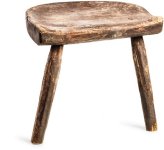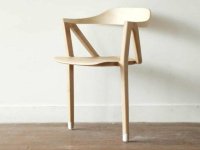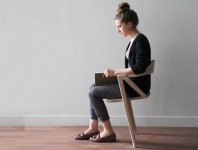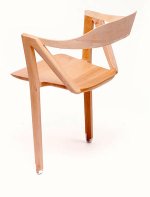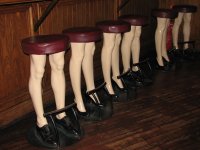Owlbarred
Well-known member

Old news for some, perhaps, but viewing the moon proved a surprisingly revealing way for making the simple comparisons below.
Conditions: Last evening, an hour after sunset. Moon phase Waxing Gibbous, 84% illumination.
Replicated five times for each of the following:
1. with the Forehead Rest (FR) attached and:
a). both the FR and eyecups comfortably touching my face (for me, eyecup position 4 of 6).
b) eyecups fully retracted (Position 0) with only the FR rest for support,
2. without the FR attached, with the eyecups comfortably touching my face.
Referenced to the numbered categories above:
Each time, when set to 1a, a discernible positive difference in stability was observed.
Stability in 1b) and 2) were not discernibly different, surprising given that with 1b) the binoculars were supported only by the FR.
Note: Arm fatigue from holding the binoculars upward toward the moon for even a short period negated perceived FR benefits.
Edited: the only reason to compare stability with fully retracted eyecups (1b) is that this confers the widest possible field of view when not wearing glasses
Conditions: Last evening, an hour after sunset. Moon phase Waxing Gibbous, 84% illumination.
Replicated five times for each of the following:
1. with the Forehead Rest (FR) attached and:
a). both the FR and eyecups comfortably touching my face (for me, eyecup position 4 of 6).
b) eyecups fully retracted (Position 0) with only the FR rest for support,
2. without the FR attached, with the eyecups comfortably touching my face.
Referenced to the numbered categories above:
Each time, when set to 1a, a discernible positive difference in stability was observed.
Stability in 1b) and 2) were not discernibly different, surprising given that with 1b) the binoculars were supported only by the FR.
Note: Arm fatigue from holding the binoculars upward toward the moon for even a short period negated perceived FR benefits.
Edited: the only reason to compare stability with fully retracted eyecups (1b) is that this confers the widest possible field of view when not wearing glasses
Last edited:





